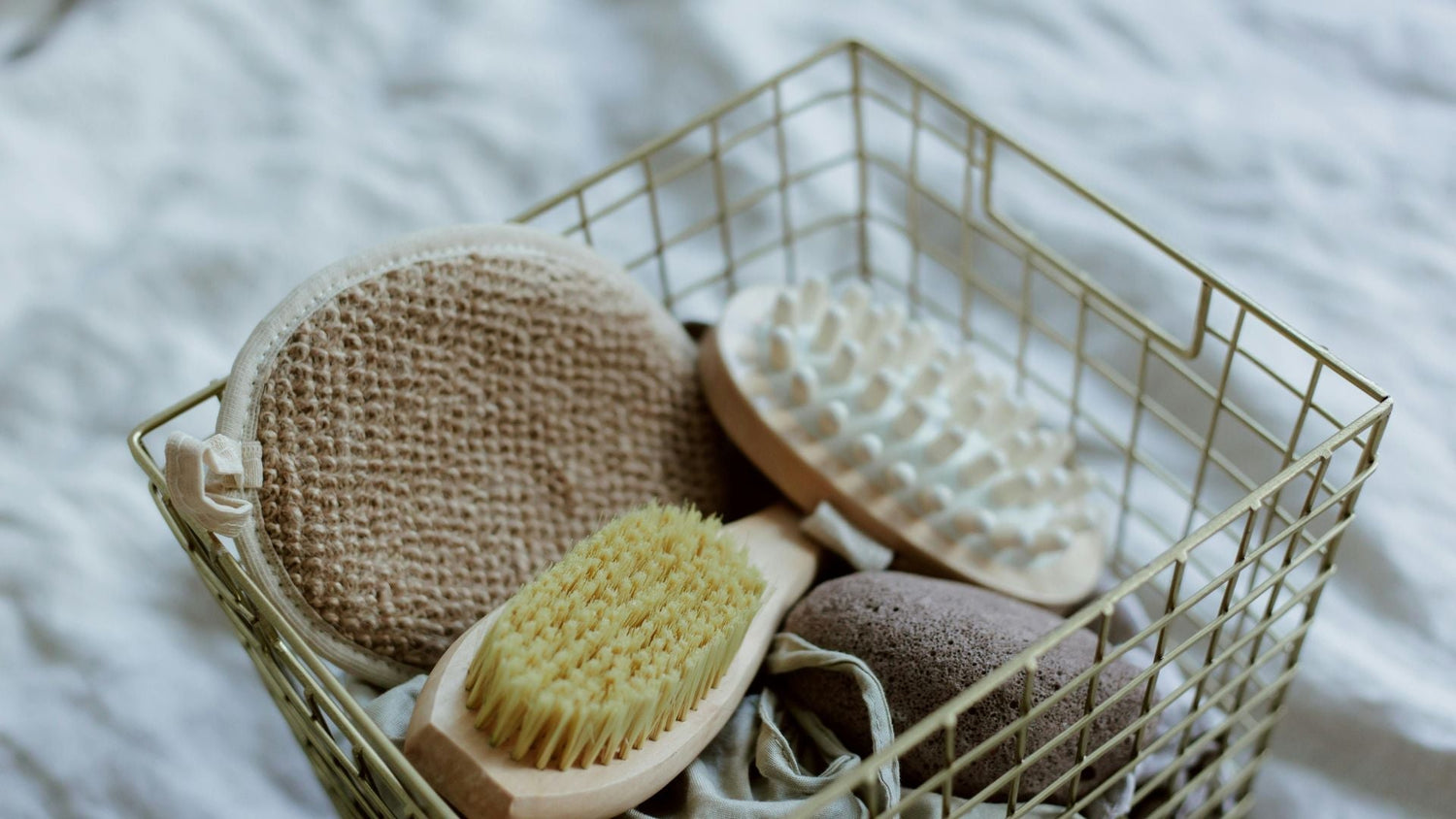Take an inside look at how our bamboo toilet paper begins
Making a choice to place more sustainable products in your household is an admirable move. With an increasing number of companies recognizing their responsibility to sustain our planet, you've got eco-friendly products available like never before.
We're proud to say ecoHiny can bring you the very best option for your bathroom with our 100% bamboo toilet paper. It's a smart, sustainable, and super-easy switch to make your wiping less wasteful.
What's even better about buying ecoHiny is the peace of mind that even in manufacturing, our eco-friendly toilet paper lives up to its name.
As a responsible consumer, you also want to stop and think about the origins and manufacturing of the product. Is the production process good for our planet?
It is always important to consider how sustainable products are made. This allows us to make informed choices that can have a positive impact on the environment.
Let's take a look at why a change from traditional toilet paper to bamboo toilet paper makes a difference, particularly when we look at manufacturing.
Traditional Toilet Paper: A Terrible Track Record
We can tell you that traditional toilet paper is anything but positive when it comes to the planet. The production process for traditional toilet paper is one rooted in environmental wrongs.
The traditional toilet paper industry is responsible for 10% of deforestation worldwide. Losing trees means losing the ability to rid our atmosphere of carbon dioxide, a harmful greenhouse gas. Trees help prevent the accumulation of carbon dioxide, which aids in mitigating climate change. We need trees!
The tree loss our planet experiences due to toilet paper production isn't just an issue for humans. Thousands of plant and animal species are disrupted when logging occurs. Delicate soil ecosystems and important animal habitats are often destroyed irreparably.
From that disastrously harmful harvest step, toilet paper production then moves to the processing plant, where an enormous amount of water and electricity are needed.
Take a look at these toilet paper production stats.
Each year the industry uses:
- 473,587,500,000 gallons of water
- 253,000 tons of chlorine
- 17.3 terawatts of electricity
A single toilet paper roll requires 37 gallons of water and 1.5 pounds of wood to make. Add to that roll a host of dyes, fragrances, and bleaching agents.
Traditional toilet paper and its production practices are taking their toll on our environment. Luckily, bamboo toilet paper offers a way less harmful approach to toilet paper production.
How it Happens at ecoHiny
Harvest
The first and perhaps most extraordinary step in making ecoHiny bamboo toilet paper is the bamboo harvest. It's a far cry from the deforestation devastation caused by traditional toilet paper.
Bamboo is cut from our FSC certified forest. This certification ensures that our product only comes from responsibly managed forests that provide environmental, social, and economic benefits.
Because bamboo is grass and regenerates from its existing root system without the need for replanting, this step is significantly less intrusive to our environment.
Pulp
Next, the harvested bamboo is cut into chips and mixed with water to make a slurry. That slurry is placed into a large machine that's a lot like the equivalent of a pressure cooker.
The slurry is cooked until the moisture evaporates, and what's left is pure pulp fiber.
Bleaching
The pulp is washed and rinsed before it's sent to be bleached (more on this step in a minute.) This step creates a crisp, uniform color that makes our paper look clean and attractive.
Pressing Rolling and Cutting
The bamboo pulp is sprayed onto screens and dried to make the beginning of large sheets. Once dry, those sheets are transferred to a large heating cylinder which presses and dries the paper completely.
The large sheets are scraped off the cylinder and then rolled onto large scroll-like logs. These large rolls of paper are cut and then rewound onto a biodegradable cardboard tube, taking the familiar shape of what you know as your constant companion in the commode.
Notice there's no step where artificial fragrances or dyes are added, and because ecoHiny uses responsibly sourced bamboo, there aren't any pesticides or fertilizers involved either.
But What About That Bleaching Step?
Bleaching the pulp does involve a chemical process, but in making our bamboo toilet paper, we choose an environmentally friendly option.
It's common practice to bleach and remove the color fibers in paper products. Typically, this is carried out through chlorine bleaching due to its abundance and cost-effectiveness. However, chlorine is known to form dioxins and contain other harmful carcinogens. For an eco-friendly product, there must be another method. That's where our process comes in.
ecoHiny bamboo toilet paper uses a method of bleaching that doesn't cause harm to the human body or the environment. It's called ECF bleaching.
ECF bleaching is a process used to remove color from wood pulp. It stands for Elemental Chlorine-Free bleaching and is an environmentally friendly alternative to traditional chlorine bleaching methods.
ECF bleaching uses chlorine dioxide instead of elemental chlorine gas, which reduces the amount of harmful by-products produced during the bleaching process. This results in a brighter and whiter pulp while also reducing the environmental impact of toilet paper production.
You Can Trust ecoHiny From Harvest to Your Home
It starts with harvesting the sustainable super plant bamboo and ends with an eco-friendly way to wipe that helps take the environmental harm out of toilet paper production.
Our bamboo source comes from responsibly managed forests, and our production practices abide by high environmental standards. Each step ensures our customers receive exactly what they expect: 100% tree-free toilet paper that contains bamboo and nothing else.
If you're looking for a sustainable solution that's also manufactured with the environment in mind, ecoHiny has got you! Give us a try and get a comfortable and durable toilet paper made responsibly.







